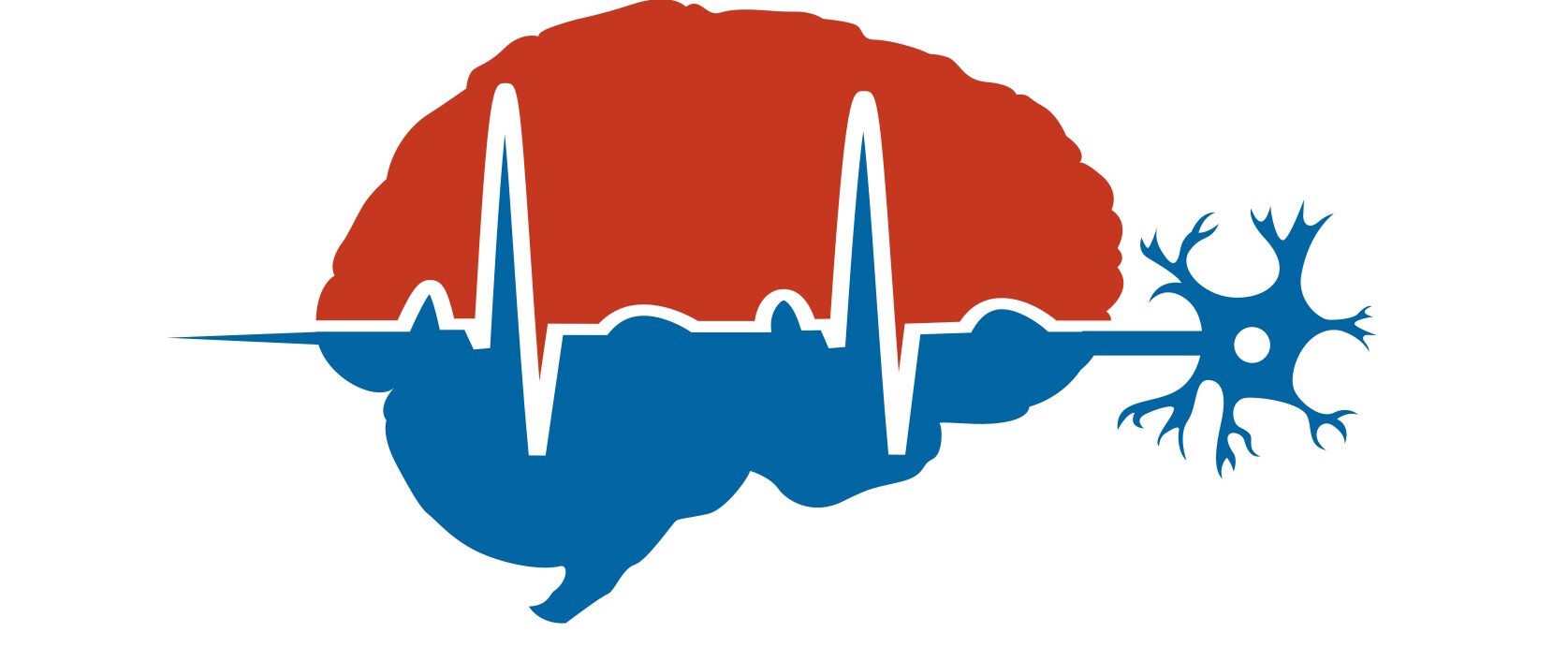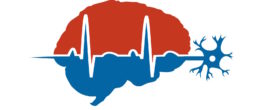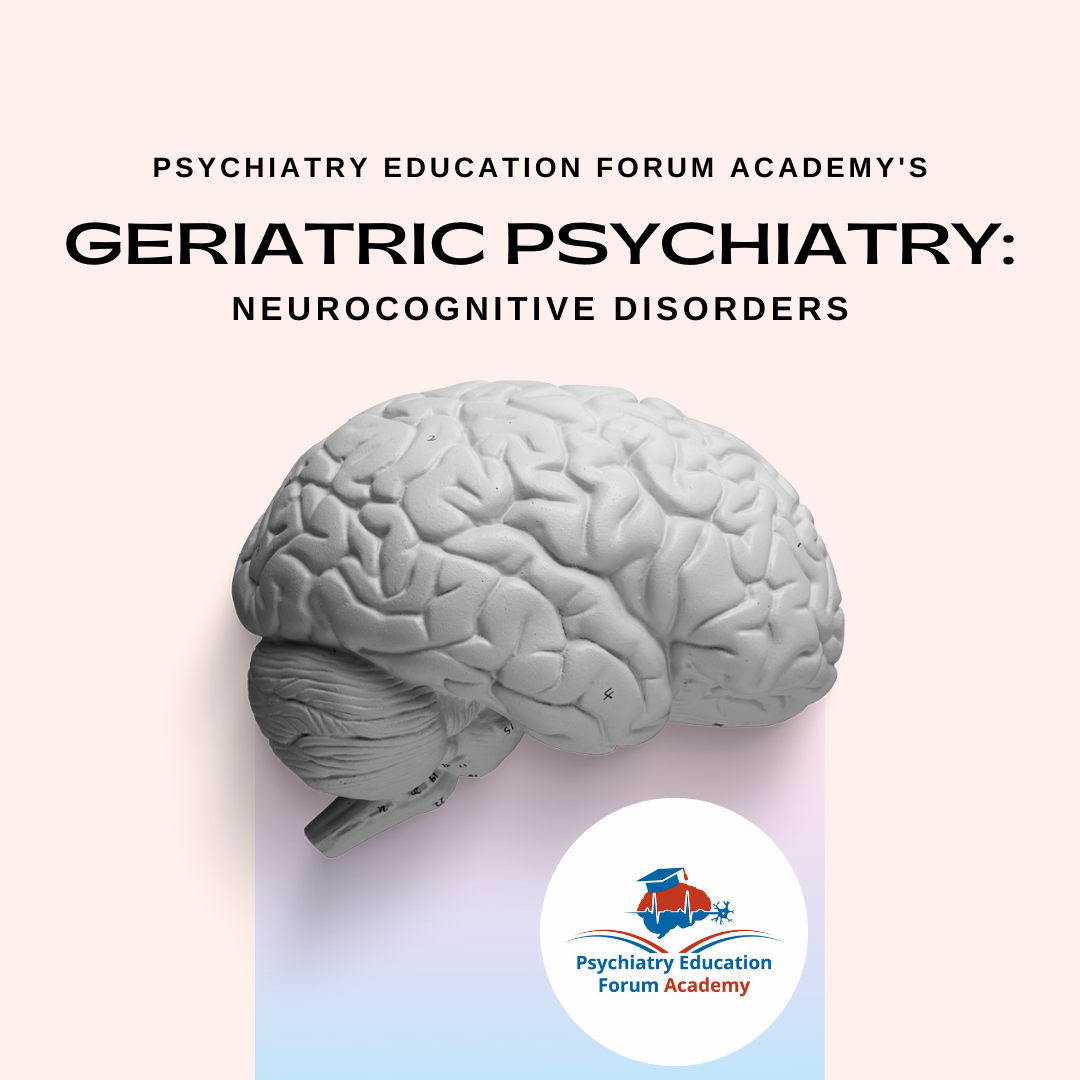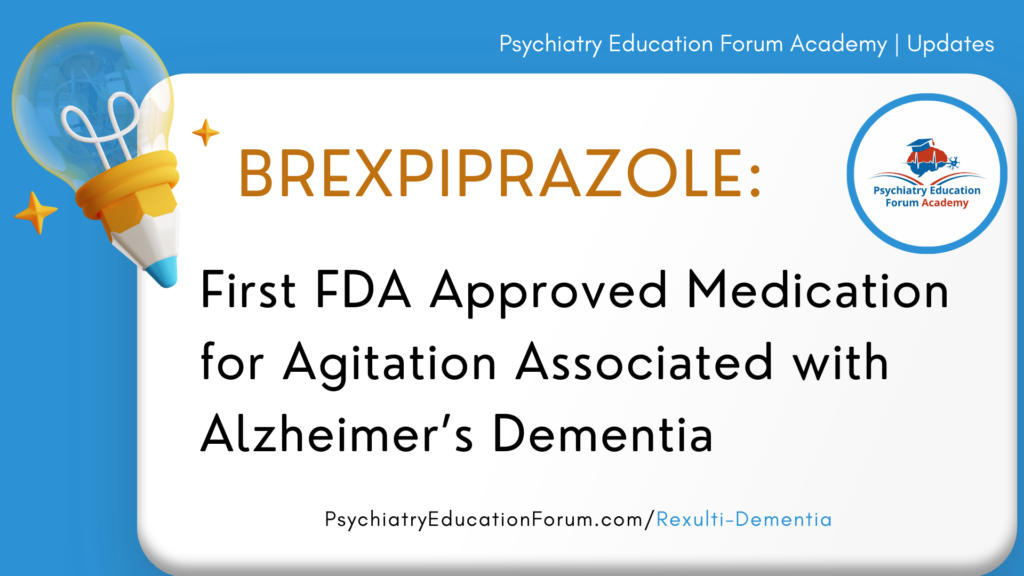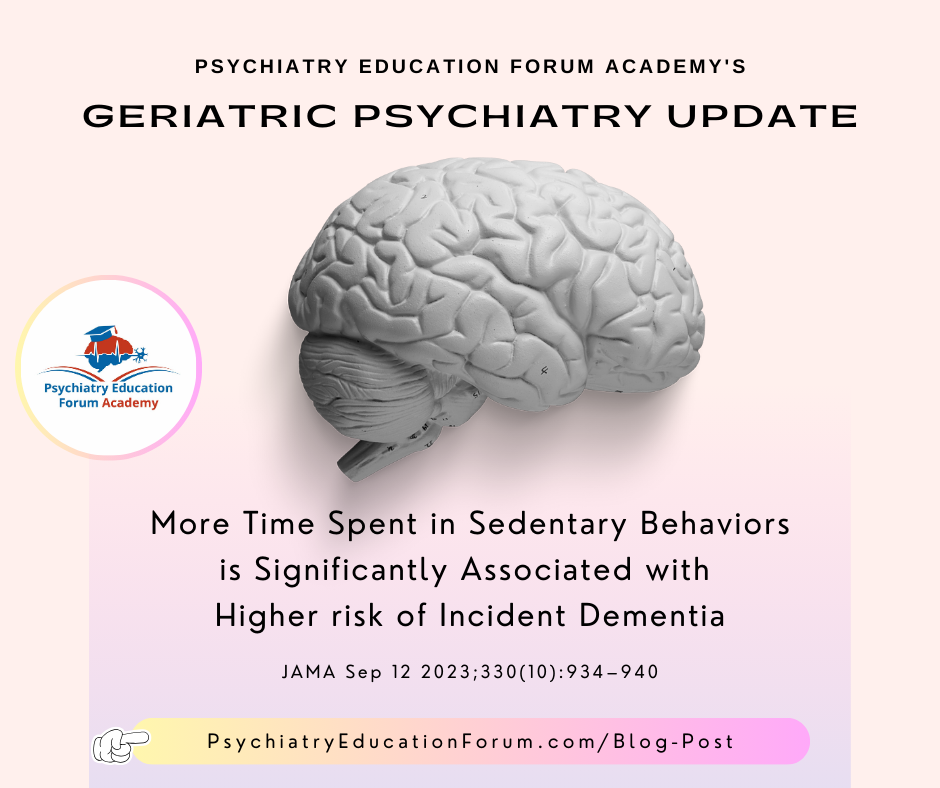First Weekly Transdermal Patch Approved for Alzheimer’s Dementia: ADLARITY
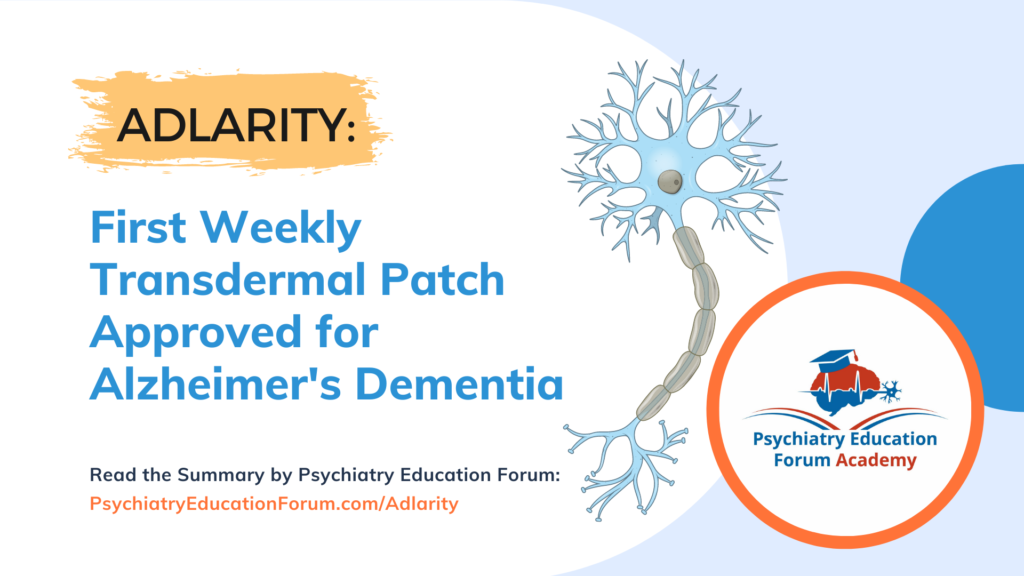
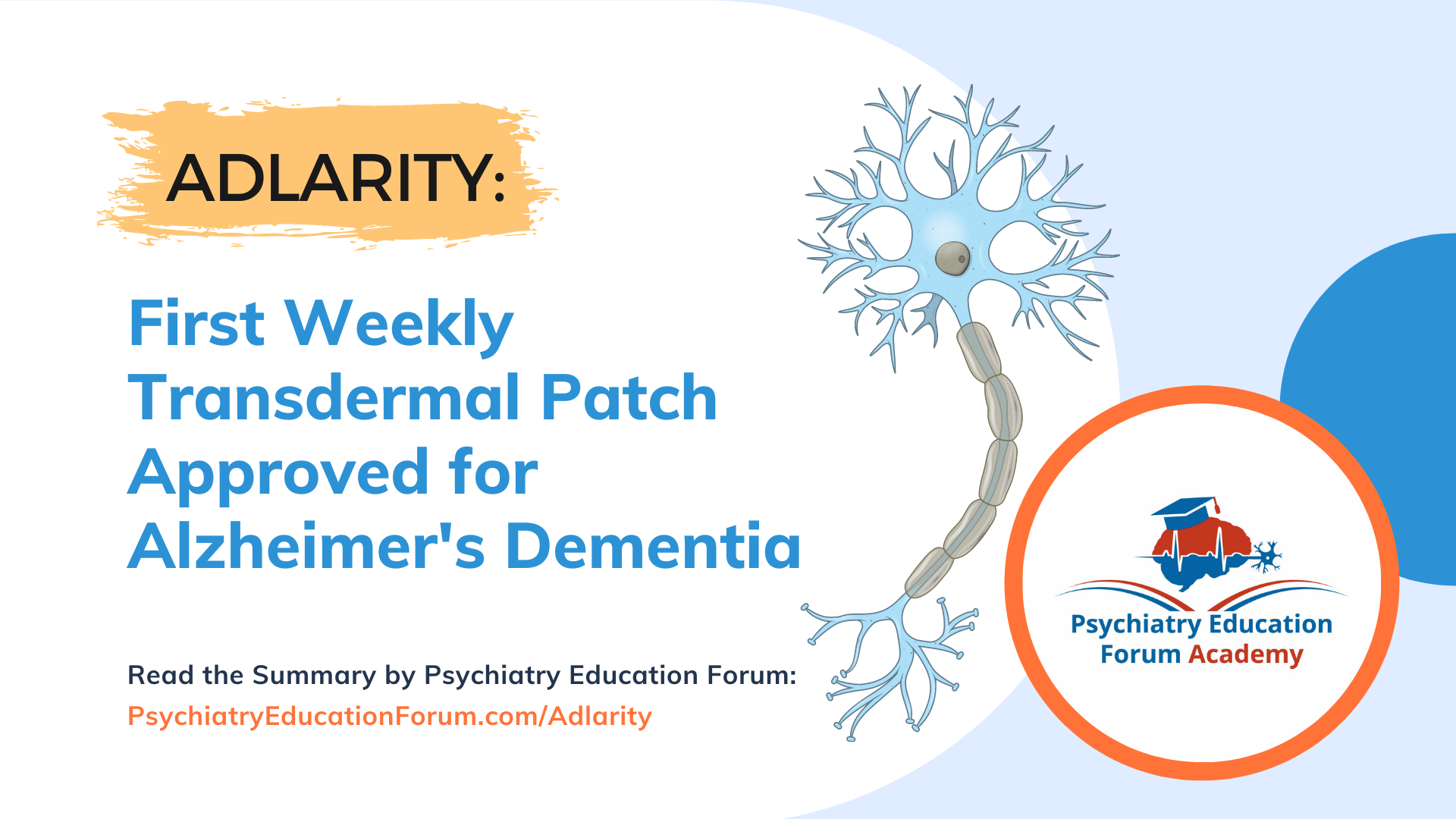
On March 14, 2022: FDA has approved the first and only once-weekly transdermal patch for Alzheimer’s dementia: Adlarity (Donepezil).
Psychiatry Education Forum Academy has summarized this medication in the following sections:
- Indication
- Mechanism of Action
- Route of Administration
- Available Doses
- How to titrate dose?
- Converting from oral donepezil to patch
- Managing missed dose
- Application sites
- Important ten application instructions.
- Common adverse events
- Important precautions
INDICATION:
- Dementia of Alzheimer’s disease: mild, moderate, or severe.
MECHANISM OF ACTION:
- Donepezil is a cholinesterase inhibitor, which enhances cholinergic function.
ROUTE OF ADMINISTRATION:
- Transdermal patch delivering donepezil.
- Applied on a weekly basis.
AVAILABLE DOSES:
Transdermal patch available in:
- 5 mg/day
- 10 mg/day
- Dose higher than 10mg/day not evaluated
HOW TO TITRATE DOSE?
- STARTING DOSE: 5 mg/day.
- TITRATION: after 4-6 weeks, dose can be increased to 10mg/day.
CONVERTING FROM ORAL DONEPEZIL TO PATCH
Recommended Starting Dose is 10 mg/day patch if:
- patient has been on 5 mg/day oral donepezil for at least 4-6 weeks or
- patient on 10 mg/day of oral donepezil
MANAGING MISSED DOSE:
- apply the patch immediately and continue the weekly patch application after that.
APPLICATION SITES:
- Back: avoid the spine.
- Thighs: upper outer thighs preferred.
- Buttocks: upper buttocks preferred.
- Use a location that will not be rubbed by tight clothing.
IMPORTANT 10 APPLICATION INSTRUCTIONS:
- Instruct patients or caregivers to apply the first transdermal system with the last administered oral dose.
- Press down firmly for 30 seconds to ensure good contact with the skin at the edges of the patch.
- Do not use external heat sources to warm the patch.
- Do not apply a cold patch immediately after removing it from the refrigerator.
- Use within 24 hours of removing from the refrigerator.
- Do not use the same location of an application site for at least 2 weeks (14 days) after removal of the patch from that location.
- Do not apply to an area on the skin where medication, cream, lotion, or powder has recently been applied.
- Do not apply to skin that is red, irritated, or cut.
- Do not shave the site.
- Avoid long exposure to external heat sources (e.g., excessive sunlight, saunas, solariums or heating pads).
COMMON ADVERSE EVENTS (INCIDENCE >3%) REPORTED IN TRIALS:
- Headache (15%)
- Application site pruritus (9%)
- Muscle spasms (9%)
- Insomnia (7%)
- Abdominal pain (6%)
- Application site dermatitis (6%)
- Constipation (6%)
- Diarrhea (4%)
- Application site pain (4%)
- Dizziness (4%)
- Abnormal dreams (4%)
- Skin laceration (4%).
IMPORTANT PRECAUTIONS:
- likely to exaggerate succinylcholine-type muscle relaxation during anesthesia.
- may have vagotonic effects on the sinoatrial and atrioventricular nodes manifesting as bradycardia or heart block.
- Can cause vomiting: patients should be observed closely at the initiation of treatment and after dose increases.
- Patients should be monitored closely for symptoms of active or occult gastrointestinal (GI) bleeding, especially those at increased risk for developing ulcers.
- may cause bladder outflow obstructions.
- some potential to cause generalized convulsions.
- should be prescribed with caution to patients with a history of asthma or obstructive pulmonary disease.
WATCH FOLLOWING DISCUSSION SERIES
[FOR PEFA MEMBERS]
GERIATRIC PSYCHIATRY: NEUROCOGNITIVE DISORDERS
List of chapters included in this section:
(A) Behavioral Symptoms Management in Dementia:
- Behavior types & clinical relevance.
- Evaluation and Differential diagnosis.
- Non-Pharmacological treatment options.
- Pharmacological treatment options and management of depression.
- Antipsychotics use for Psychosis/Agitation Management in Dementia.
- Treatment Options of Sexually Inappropriate Behavior in Dementia
(B) Neurocognitive Disorders:
- Evaluating Neurocognitive Domains in Dementia: (a) Complex Attention, (b) Executive Function, (c) Memory & Learning, (d) Language Perceptual-Motor, (e) Social Cognition
- Alzheimer’s Disease: Comparing FDA Approved Medications.
- Modifiable Predictors of Conversion of Mild Cognitive Impairment to Dementia.
- Identifying Dementia Patient at Risk of Unsafe Driving.
- How to Screen for Delirium Superimposed on Dementia?
- Parkinson’s disease and Impulse Control Disorders.
INTERESTED IN THIS DISCUSSION & MORE?
JOIN PSYCHIATRY EDUCATION FORUM ACADEMY MEMBERSHIP
This is a closed membership for medical professionals only.
- 30+ Courses/Sections: Each chapter within these sections is of direct clinical relevance for your daily practice.
- Journal Club: we will post the most recently published psychiatry articles relevant to your daily clinical practice.
- Coffee Club: contain short discussions with clinical experts in the field of psychiatry.
- Essentials of Inpatient Psychiatry Book: All chapters from this book are included in the academy sections.
- Discussion Forum & Community: Connect with other medical professionals and discuss your difficult-to-treat clinical cases.
- Conference Discounts: Academy members get discounted access at our conferences.
- Goal: is to have all important clinically relevant topics in one place for ease of access.
